The idiosyncrasies of real human beings
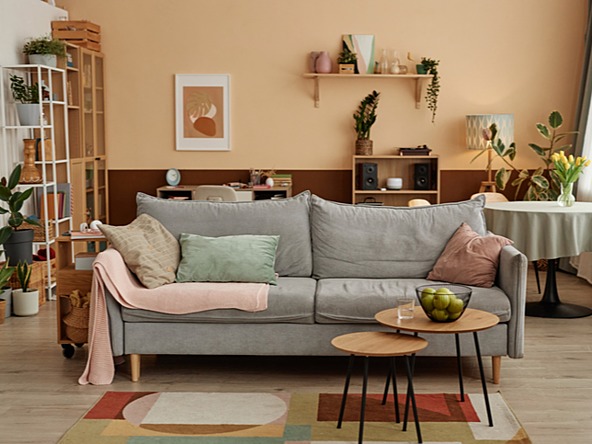
In a recent team meeting, we heard about a synthetic participant showing up in a study that set out to recruit real human beings. The mind boggles, really. This wasn’t our own experience so if you have questions about this, I don’t have the answers.
It invites a whole bunch of questions of my own, and reflections on what a synthetic research participant can deliver, and what they can’t.
As with all agencies, we’re using AI as and where it delivers value to us: synthetic boosts to hard-to-reach quant samples, for example, or creating avatar videos and interactive personas to bring to life future consumers. In these cases, there’s a clear value that AI delivers, going beyond what we can achieve with people.
In many other instances AI is increasingly applied, however, there’s a risk we’re engaging in a race to the bottom. We’re going faster, yes. We’re going cheaper, yes. But are we truly understanding people, or do we merely think we’re understanding what is essentially a simulacrum of the human experience?
With remote and digital methods coming more to the fore since Covid, we’re already spending less time meeting research participants in person, and we’re less likely to be undertaking studies that involve getting in their homes, exposed to their daily lives. Collectively as an industry, we’ve subtly, over time, become a little more removed from people’s real lives.
This makes me uncomfortable. The world out there is difficult, and we marketers are becoming more abstracted from the messy, raw realities of people who are not like us. AI is accelerating this shift. Building strategies on fake humans, doing resight work based on shaky foundations, over years to come. It’s self-perpetuating.
I think this invites fundamental questions on what it means to be human, but it also feels absurd to be asking these questions. Instead, I am reflecting on the ways we both hide and reveal our complex humanness, and the nuances of what makes each of us who we are.
I want to make it tangible to invite readers to think this through in their own cases. We’re supposed to keep ourselves removed from our work, but just spend time thinking of what makes you you – and whether the research you’re doing can grasp the essential ‘me-ness’ of research participants or merely a veneer of understanding. This is relevant to all research, not just deeper, more foundational studies.
Below are some artefacts we can explore to get a more three-dimensional understanding of people as individuals. These might seem obvious, but how often do we think of exploring people in this way, these days? How often do we use artefacts as a jumping off point for more interesting conversations?
Spotify playlists (and similar)
My son has been lobbying for me to migrate to Apple Music and I’ve steadfastly refused. I’ve cultivated my Spotify playlist for over 10 years and appreciate the ways ‘Discover Weekly’ suggests new songs for me. The songs I occasionally become obsessed with undoubtedly reveal something around my mood at any given time, and my temperament overall.
Podcasts can tell their own stories too. I could tell you in some detail what the mix I listen to (and when and where I listen) means in my life, and how various episodes have shaped my thinking.
Photo reels
My camera reel is a strange mix: videos my youngest has taken on outings; clothes I’m suggesting for my eldest (how can it be that hard to find an acceptable plain blue cap?!); my cat; receipts for work because I hate our expenses app; screenshots of Instagram sponsored posts of books I like the look of; random selfies I take for no clear purpose except to be told I look ‘cringe’ by one of my charming kids.
There are also endless other screenshots – events that look interesting or items I like the look of even if I can’t afford them. In my deleted items, I’ve got the odd sneaky photo of my kids I took on an outing without their permission.
I bet your camera reel looks really different – obviously, your lifestyle and the activities you photograph will do. The ways you use photos or videos to document and share your life, to remind yourself of things, to plan, to share ideas – none of that will be the same as me.
Fridges, bedside tables, bookshelves and more
I’m fascinated that whenever I’m in a friend’s house, I open their fridge and find it stocked in a completely different way to mine. This speaks to our diets, the way we manage different tastes and limitations, our budgets and how organised we are in our shopping. Or just how meticulous we are in cleaning what’s hidden.
What about other spots in the home that send subtle or overt signals about who we are? The bedside table – what’s accumulated there and why? To what extent is the bookshelf for display, versus keeping books we actually want to read?
What about photographs? What do we choose to display to cherish memories, or project an image to others? What stories can be uncovered by pausing to look at the objects dotted around on shelves or cabinet tops? What can be understood by that under-watered plant in the corner?
If we want to continue to place value on true human insight, I believe we need to lean into lines of questioning and methods that better tap into the hidden layers and idiosyncrasies of the people who take part in our research. Of course, there’s always going to be a role for the high-level aggregate view (that AI can lend itself to so well). I’ve led enough segmentation studies to understand this.
However, if we truly want to engage with unmet needs, and connect with people on a visceral level, we need to go wider and deeper than what a bot can surface for us. Fortunately, this is where the fun is to be had – please explore with me.
Louise McLaren is managing director (London) at Lovebrands

We hope you enjoyed this article.
Research Live is published by MRS.
The Market Research Society (MRS) exists to promote and protect the research sector, showcasing how research delivers impact for businesses and government.
Members of MRS enjoy many benefits including tailoured policy guidance, discounts on training and conferences, and access to member-only content.
For example, there's an archive of winning case studies from over a decade of MRS Awards.
Find out more about the benefits of joining MRS here.




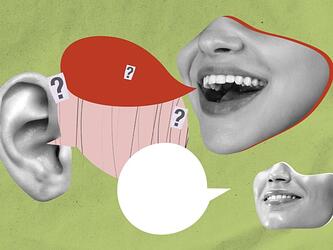


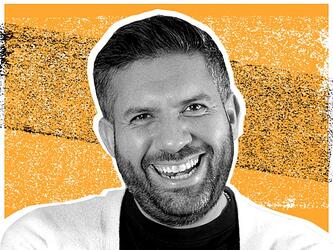
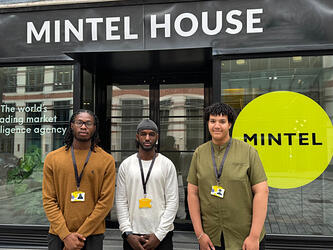
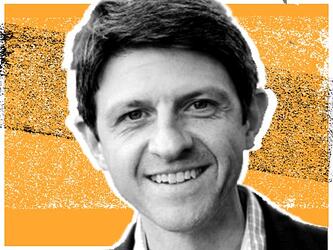

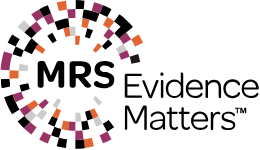


0 Comments